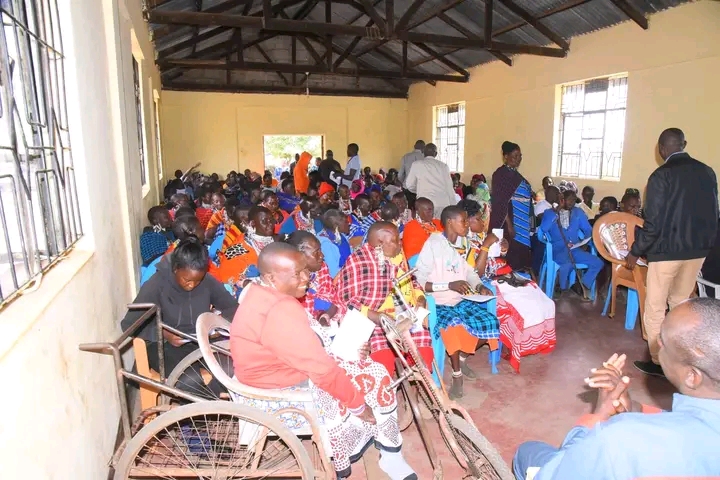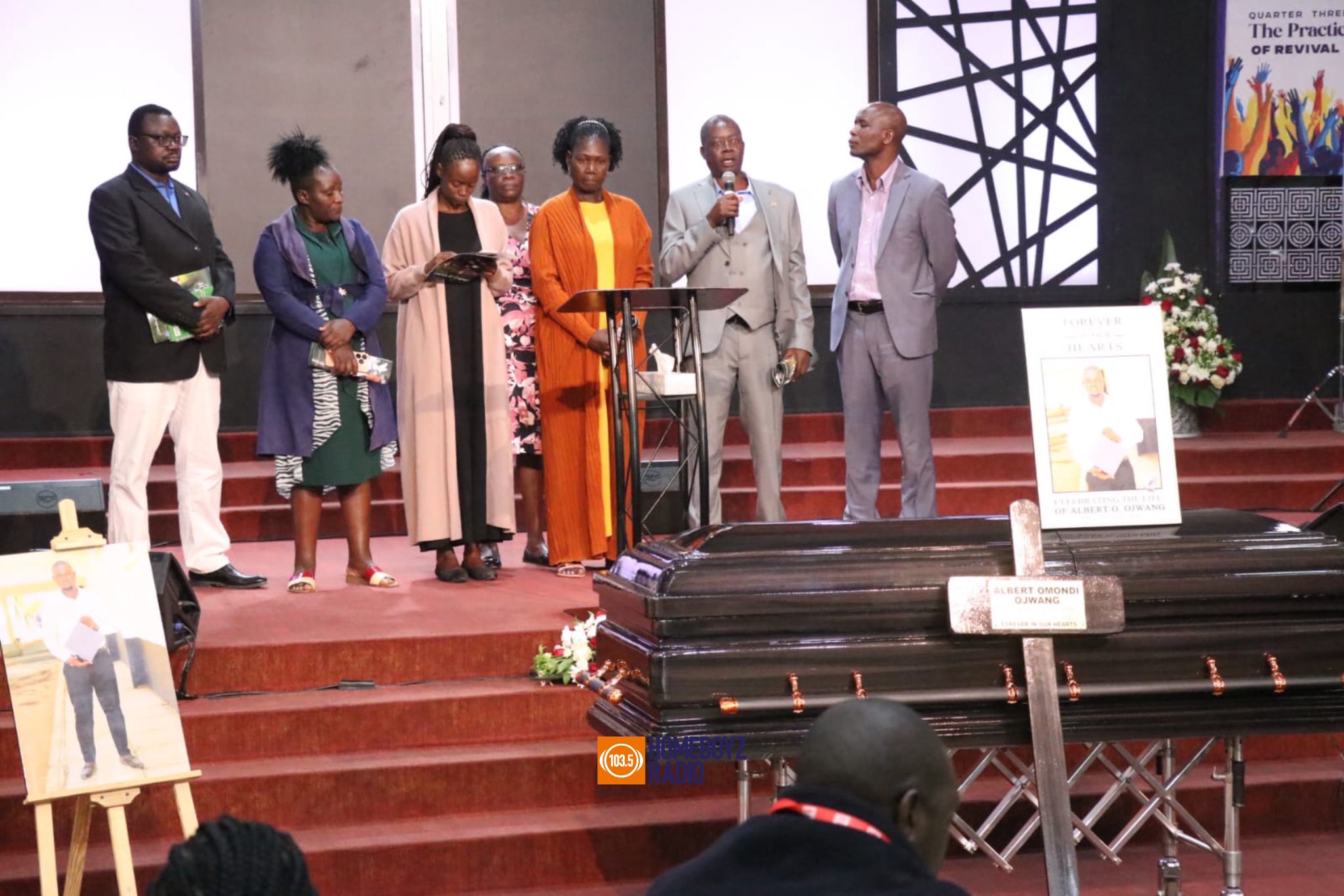The Plight of PWDs In Kenya: Progress And Remaining Challenges

BY EXCELLENT MUTALI
Governments in Africa, particularly, have long neglected to understand the challenges faced by persons with disabilities, especially regarding mobility. This is crucial, as mobility is essential for everyone's daily activities, including accessing work, markets, hospitals, religious institutions, and government services.
While infrastructure plays a vital role in facilitating movement, it often fails to cater to the specific needs of individuals with physical disabilities.
Kenya has made some progress in improving infrastructure for people with disabilities, as outlined in Article 54 of the 2010 Constitution. This article emphasizes the rights of PWDs, including access to educational institutions and facilities (section 1(b)).
It advocates for accessibility, reasonable accommodation, and universal design principles in infrastructure development. This translates to requiring buildings to be accessible without strain, with features like ramps, elevators, handrails, and easy use of mobility canes.
Additionally, section 1(c) guarantees reasonable access to all places, public transport, and information. This necessitates disability-friendly public infrastructure like buildings and roads.
Despite these legal protections, significant gaps remain in implementation, causing continued hardship for PWDs. The lack of accessible pavements for wheelchairs and mobility canes hinders independent travel for many. This issue is further exacerbated by the absence of such pavements along most roads in major towns.
Furthermore, a large number of public service vehicles (PSVs) lack wheelchair accessibility. This forces PWDs to rely on paid guides or expensive alternatives like Uber, making travel significantly more costly.
Visually impaired individuals face similar difficulties, often needing to pay guides for assistance or incurring exorbitant charges from motorists in towns.
Changing vehicles during public transport journeys can even double their travel expenses compared to non-disabled individuals.
Therefore, it is crucial for the government to actively implement policies promoting accessibility and inclusion for PWDs. This will not only improve their quality of life but also enhance their independence, affordability, and mobility.


